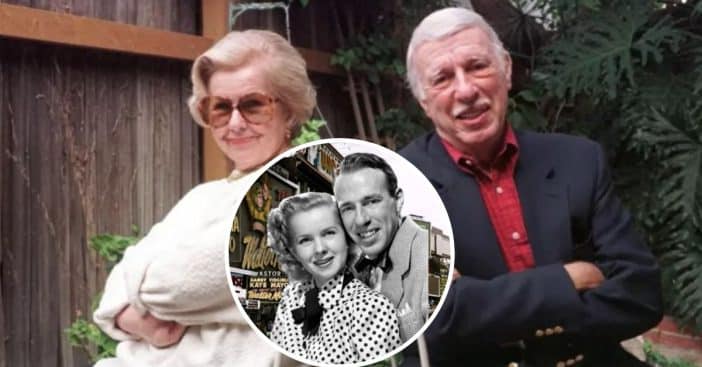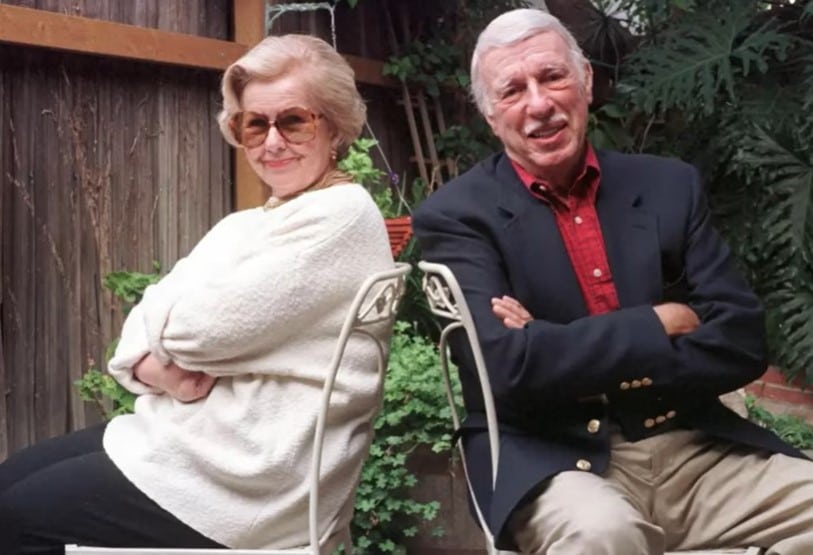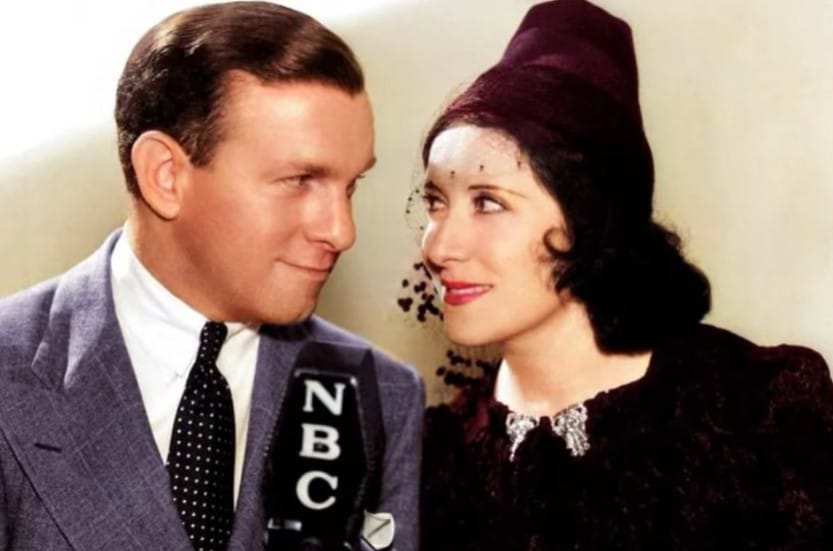
New-age television viewers would hardly think a big deal of a TV couple in bed, however, a woman merely showing her navel was considered daring decades back, and even the word “pregnancy” insinuated the deed, making it off-limits.
The first show to break the barrier for lovers to share a bed in the film was Mary Kay And Johnny. The sitcom about a married couple’s life was released in November 1947 and ran until its final episode in March 1950. It was also the first series to be produced, with up to 300 episodes in all.
They were a real-life couple

Mary Kay and Johnny Stearns were a real-life couple, and they often infused their personal experiences into the script but in a more exaggerated fashion for humor’s sake. Mary often got into trouble due to her enthusiastic kind-hearted nature, and the strict-natured Johnny was always there to save the day.
RELATED: Norman Lear’s Favorite Moments From His ’70s Sitcoms
Before the sitcom, the couple were Broadway stage actors until Mary took an on-camera job for dress manufacturer Jay Jossel, who sponsored the Jay Jay Junior Dresses show. Jay decided to pull out, leading Johnny to ask if he could write a domestic comedy for the time slot. Jay obliged on the condition that they would sell off 200 cosmetic compacts, which Mary would pitch at the end of the episode.

Their success opened doors for others
Johnny took on the role of producer and writer for the show, after their attempt at their deal with Jay generated over 9,000 leads for the cosmetic product in a few days. They soon got another sponsorship from Whitehall Pharmaceuticals, who increased the timeslot from 15 to 30 minutes, prompting Johnny to hire more writers.

Mary’s ensuing pregnancy was also factored into the script, crossing yet another boundary in vintage TV. Due to the success of Mary Kay And Johnny, more sitcoms like I Love Lucy, The Dick Van Dyke Show, I Dream of Jeannie, Bewitched, Get Smart, and The Brady Bunch emerged, some having family-oriented plots. Sadly, memories of the show have been lost because they used to air live back then, so the kinescope recordings were considered clutter to be disposed of in New York’s East River. Only one episode survived and is being preserved in the Paley Center for Media in Los Angeles.
